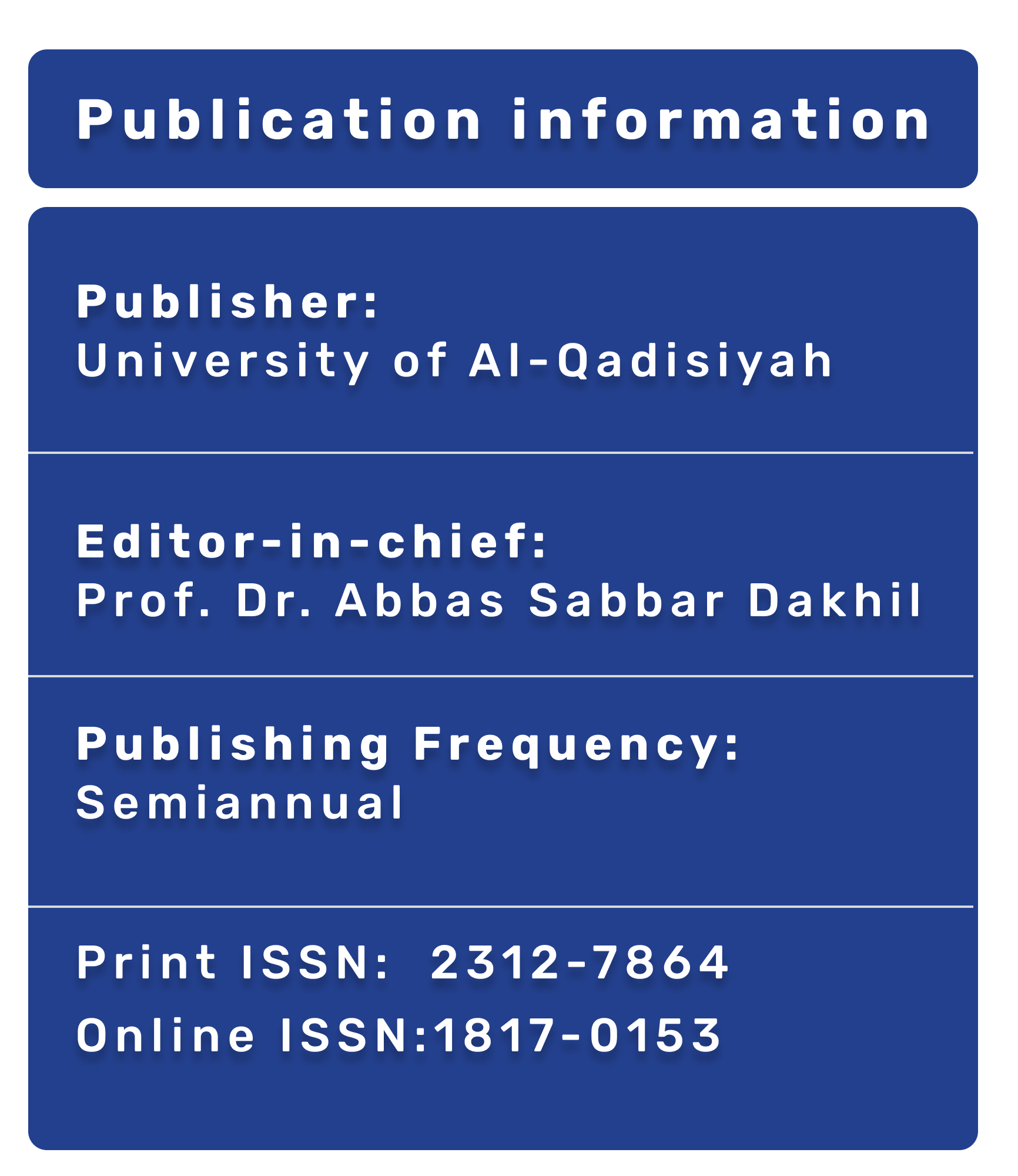Most read articles by the same author(s)
- Runak Tahr Ali, X-ray examination to measurement radiation doses of patients in three Erbil hospitals , AL-QADISIYAH MEDICAL JOURNAL : Vol. 3 No. 4 (2007)
- Runak Tahr Ali, The risk of conventional X-RAY for abdominal examination at different Erbil hospitals , AL-QADISIYAH MEDICAL JOURNAL : Vol. 9 No. 16 (2013)
- Runak Tahr Ali, Amal Abdulallah sakban, Radiation Dose Reduction of Head CT scan with a Low–Tube Voltage , AL-QADISIYAH MEDICAL JOURNAL : Vol. 4 No. 6 (2008)








